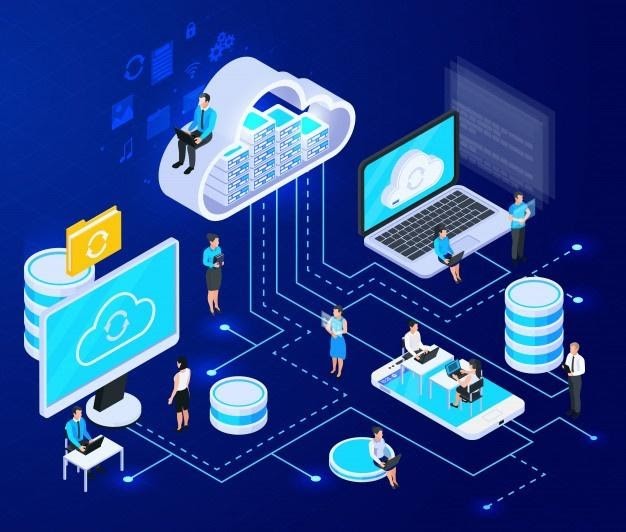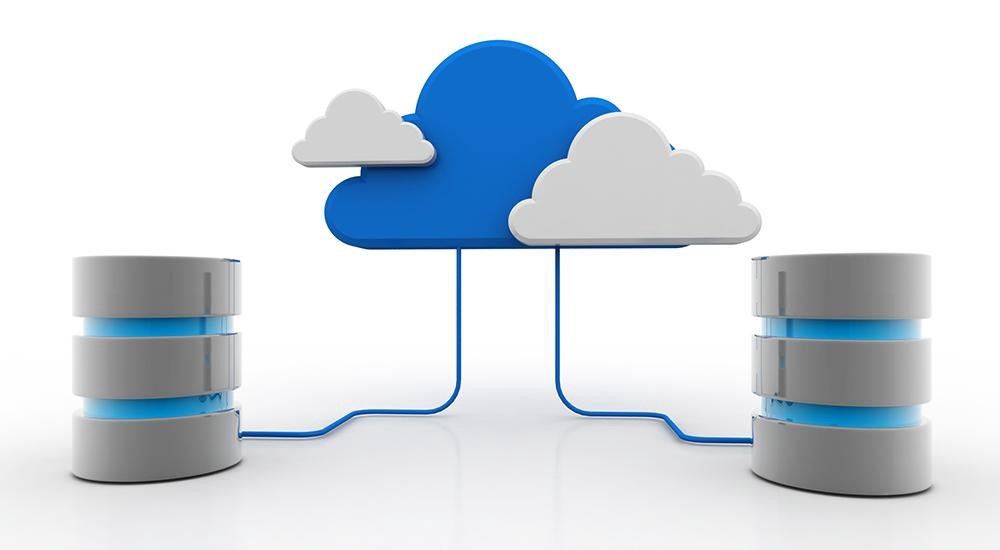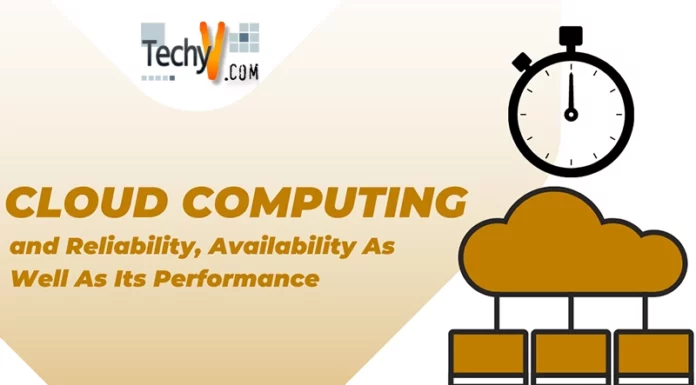Cloud computing has been the buzz of the town for quite some time. There will therefore certainly be some who appreciate it and those who criticize it. There are still many half-truths, mistruths, and plain old misconceptions floating around regarding the role of cloud computing in the company, even though cloud computing has made significant progress in the past year toward becoming a commonplace corporate tool.
10. Multi-Cloud Will Prevent Lock-In
The majority of businesses often begin with one cloud provider before becoming concerned about being overly reliant on that vendor and considering using another. This is referred to as multi-cloud. A functionality-based strategy is another option for multi-cloud. For instance, a company may choose to use Google for analytics and big data while using Amazon Web Services as its primary cloud infrastructure provider. IT executives shouldn’t think that incorporating multicoloured into their cloud strategy would solve all of their lock-in problems. If lock-in is determined to be a potential problem, real solutions should receive more attention.

9. Cloud Should Be Used For Everything
For some use cases, including highly variable or unpredictable workloads or those where self-service provisioning is crucial, the cloud is a fantastic fit. However, not all workloads and apps are appropriate for the cloud. For instance, relocating a legacy programme is typically not a solid use case unless it is possible to generate demonstrable cost benefits. Not all workloads may benefit equally from the cloud. When appropriate, don’t be afraid to suggest non-cloud alternatives.

8. Cloud Harms Environment
People assert that cloud data centres use a lot of power and negatively impact the environment. The answer is that data centres need a lot of energy. But if you look at it more broadly, you’ll see that corporations are shifting away from on-site facilities and toward a smaller cloud data centre, which over time saves energy and reduces pollution.

7. Cloud Is Only For The Tech Companies
It makes sense that tech organizations use the cloud the most because they prefer using cloud platforms to house their data and apps. But saying that non-tech enterprises cannot utilize it or that it is not intended for them is equivalent to aiming arrows toward the sky. The cloud offers hundreds of services that meet the needs of various markets. Companies who need someone to handle their data are therefore welcome to use the cloud.

6. Cloud Costs Jobs
People’s perception of the future of technology is largely based on their belief that it will eliminate human employment. People have increasingly come to understand that it works the opposite way around. Cloud computing is no different in this regard. Contrary to popular belief, cloud computing will increase employment.

5. Cloud Is About Pay-Per-Use
Although it may seem cost-effective to pay for the use of a public cloud on a per-minute or per-hour basis, the expenses are changeable and can rack up very rapidly. Pay-per-use is a great option for applications with limited lifespans or wildly fluctuating capacity requirements. For applications with extended lifespans and comparatively steady capacity requirements, subscription-based pricing with fixed monthly or annual fees is often a better option. Consider what is most cost-effective for your specific application before deciding between public and private, and assess your options.

4. Cloud Will Lock You In
Certain public cloud service companies undoubtedly prefer nothing more than to lock you into using their specialized cloud technology. Contrarily, the good news is that companies can prevent lock-in by choosing from a variety of solutions, including multiple application deployment options spanning public clouds, private clouds, or open, industry-based standards; and, capabilities for seamless integration for simple data movement into and out of the cloud.

3. Clouds Only Run-On Commodity Components
Even though several well-known consumer websites have received some attention for utilizing inexpensive, commodity hardware, this strategy is just one of many; clouds are currently being deployed on servers of all different sizes and forms. What is the best strategy for your business right now, not what some well-known Internet company does, is the crucial question when picking the appropriate type of infrastructure. Commodity hardware doesn’t always offer the best value, whether you’re creating a private cloud or utilizing a public one, in terms of performance, real estate needed, power consumption, administration, and other factors. Contrary to popular belief, cloud gear that has been expressly designed and tuned to give superior performance and efficiency frequently have the lowest TCO.

2. There’s No Difference Between Virtualization And The Cloud
Although virtualization is a crucial technology for cloud computing, a cloud does not exist just because of virtualization. While virtualization is primarily concerned with consolidating servers and workloads to lower infrastructure costs, cloud computing encompasses much more. Think about how IOUG (Independent Oracle User Group) recently polled its members and found that Platform as a Service is being embraced by cloud users more quickly than Infrastructure. This is because those businesses are discovering that while the infrastructure-centric strategy used by virtualization offers significant value, Platform as a Service’s advantages—higher levels of standardization and resource sharing, less heterogeneity and complexity, and lower costs—give those businesses even more agility, flexibility, and savings.

1. You’re Either In The Cloud Or Not
Businesses are exploring a wide range of cloud-based solutions to fit their specific demands as they need to be able to respond swiftly and thoroughly to new trends and market realities. Additionally, many firms must adopt an ongoing, multi-step strategy that adjusts to their continuously shifting business needs and objectives to move more systems and processes to the cloud. Moving from siloed settings to consolidated or virtualized environments is often the initial step. In other instances, businesses adopt self-service and auto-scaled systems, as well as metering and chargeback, to make the transition to private clouds.



















